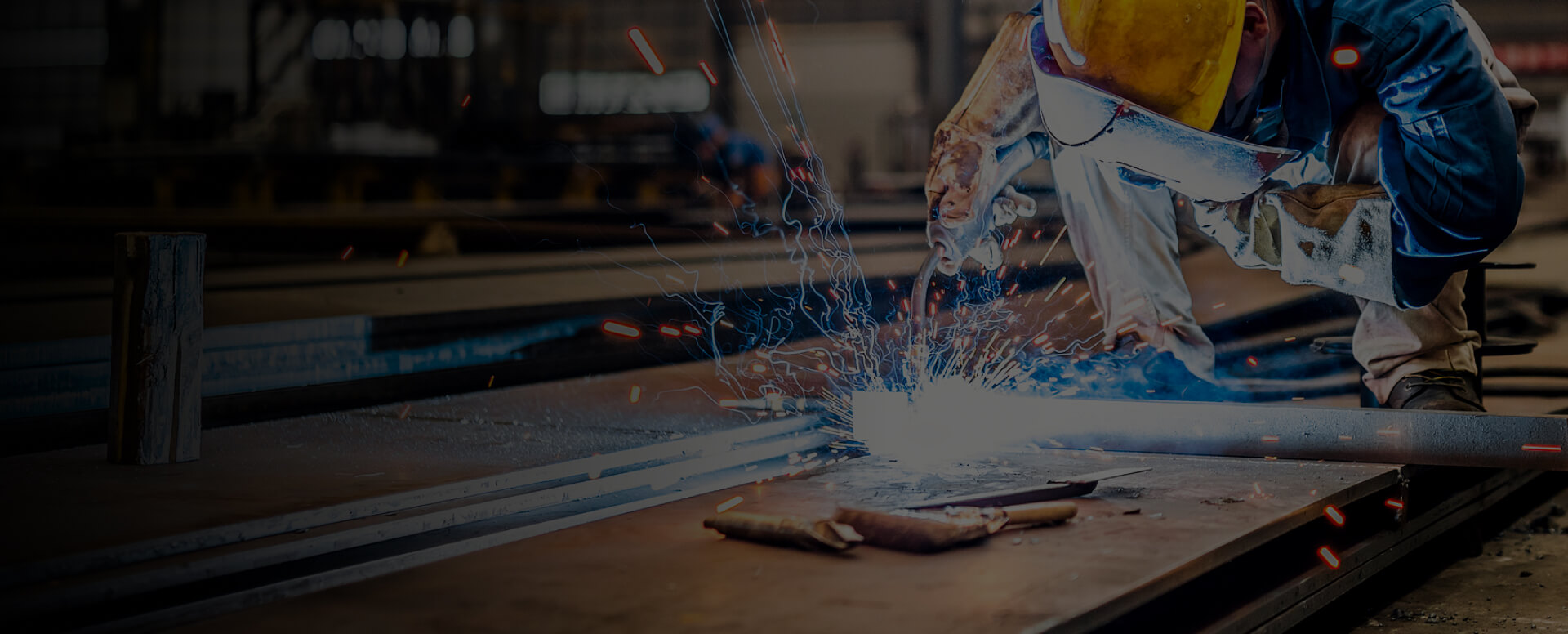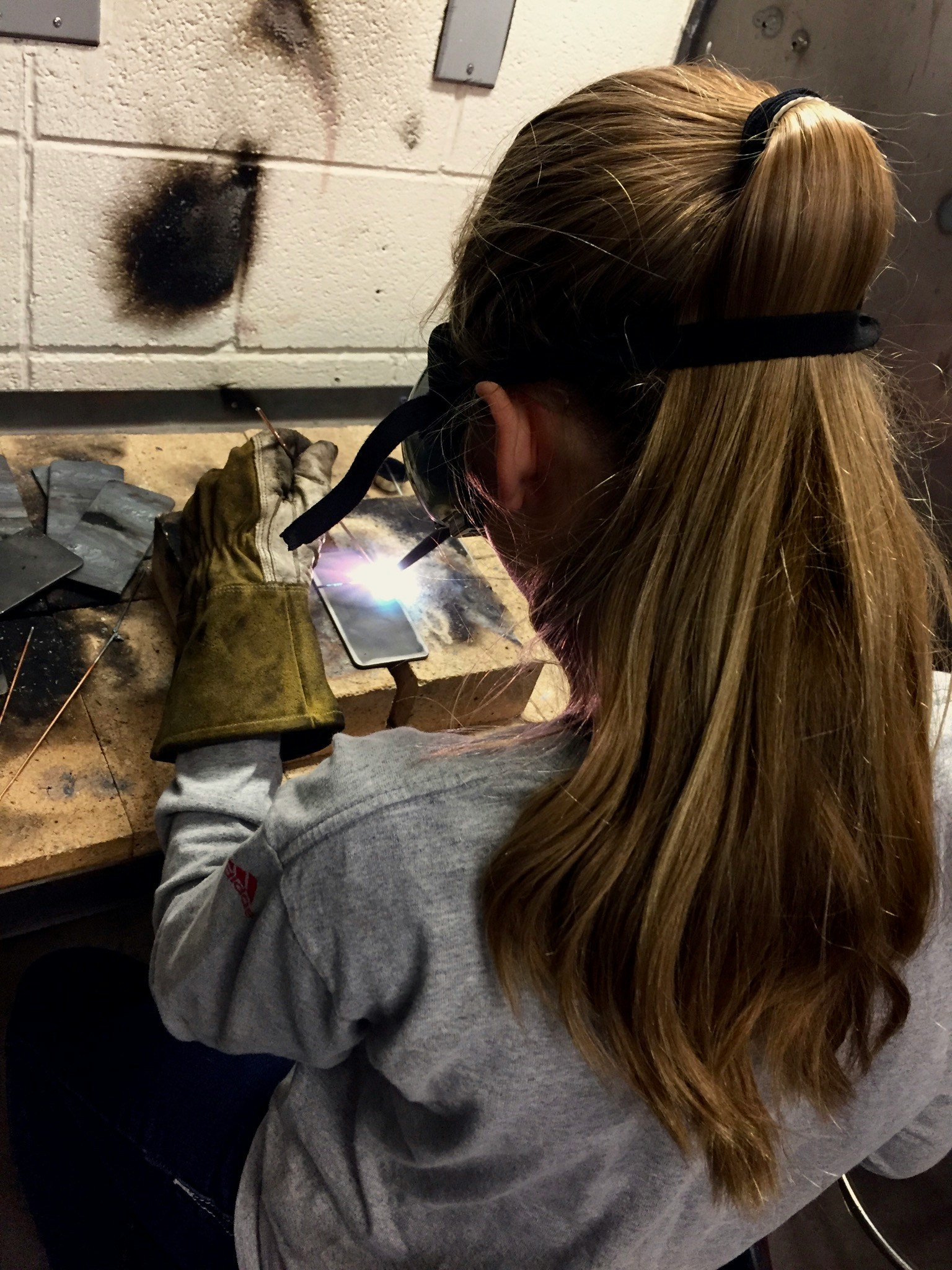
The Challenge: Aluminum’s “Invisible Armor”
Melting point of pure aluminum: 660°C (1220°F) Melting point of aluminum oxide: 2050°C (3722°F)
How AC Solves the Problem: Cathodic Cleaning
Positively charged argon ions bombard the workpiece surface. This “cathodic cleaning” or “oxide breaking” action shatters and disperses the aluminum oxide. Results in a clean, shiny surface ready for welding.
Heat concentrates on the workpiece, melting the aluminum. Forms a stable weld pool with deep penetration.
Why DC Falls Short
Provides strong oxide cleaning but causes extreme tungsten electrode overheating. Leads to rapid electrode degradation and unstable arcs.
Offers good penetration but cannot remove oxides. Results in contaminated, poor-quality welds.
Modern Advances: Square Wave AC & Inverter Technology
Adjustable cleaning-to-welding ratio. Improved arc stability and control. Enhanced energy efficiency and weld quality.
Conclusion
Related Articles

What is the typical cost of mig welding?
Understanding MIG Welding Costs: A Detailed BreakdownThe cost of MIG welding can vary significantly depending on the scale and complexity of the project. For small DIY tasks, expenses may be relatively low, with basic equipment ranging from 400 to 2000. In contrast, large commercial or industrial pr

What Are The Compounds in Welding Fumes And Their Associated Health Risks?
Welding fumes pose significant health hazards, with the International Agency for Research on Cancer (IARC) classifying all welding fumes as Group 1 carcinogens. Beyond cancer, exposure can lead to acute and chronic issues, including cardiovascular, neurological, hematological, and renal diseases. Pr

How Does Plasma Cut Rock?
Yes, plasma can cut rock, but effectiveness depends on rock composition, plasma temperature, and operational costs. This process utilizes extreme heat from ionized gas to melt or vaporize geological materials.Principles of Plasma-Rock InteractionThermal MechanismsPlasma cutting relies on transferrin

Does Plasma Cutting Harden Steel? Understanding Thermal Effects and Mitigation
Plasma cutting can induce localized hardening in the heat-affected zone (HAZ), with the extent of this hardening depending on factors such as cutting speed and steel composition. This article examines the mechanisms, research findings, and practical implications of plasma-induced hardening.How Plasm

Mastering MIG And TIG Welding: 5 Essential Torch Techniques for Flawless Results
Welding is an art that combines precision, skill, and a deep understanding of materials. Whether you're an experienced professional or a beginner, refining your torch techniques in MIG and TIG welding can elevate your work from functional to exceptional. Here are five key methods to help you achieve

Manual vs. Robotic Welding: Key Differences and Applications
Manual welding relies on human skill to perform joins, while robotic welding utilizes programmed machinery to achieve precision and efficiency. Understanding the distinctions between these methods helps in selecting the right approach for specific projects.Precision and ConsistencyManual Welding: Qu

